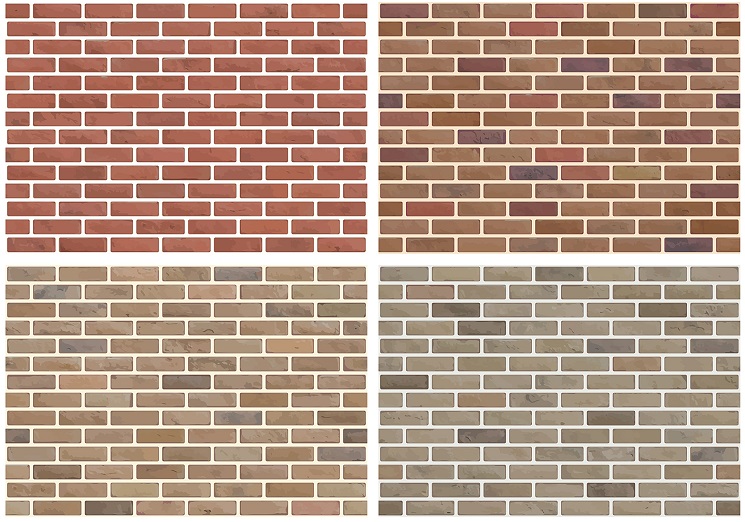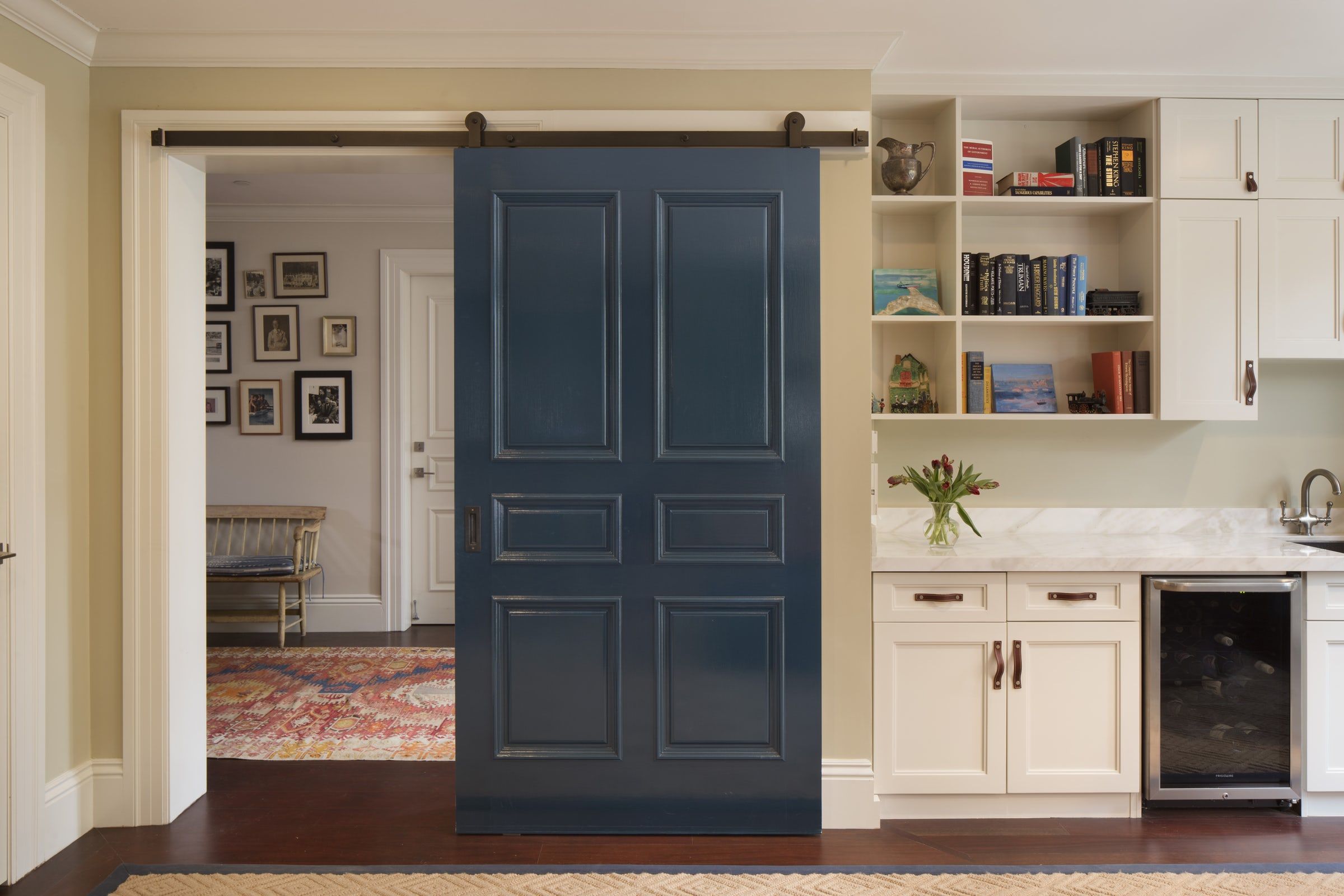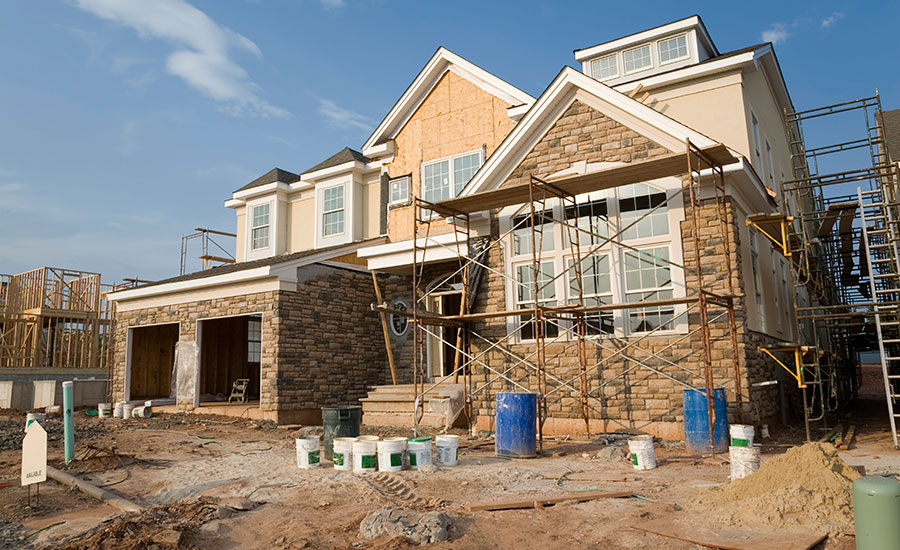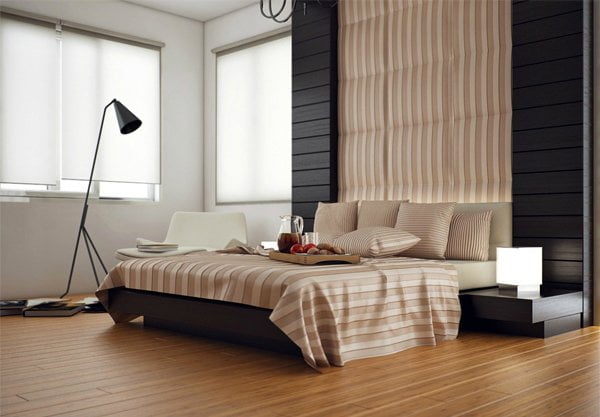Brickmaking spans thousands of years, with origins dating back to ancient civilizations. The earliest known use of bricks occurred around 7500 BC in Jericho, where sun-dried mud bricks were utilized for constructing houses and walls. Ancient Egyptians further developed brickmaking techniques, introducing the practice of firing bricks in kilns to enhance their durability.
The Romans made significant advancements by incorporating clay and lime mortar, enabling the construction of larger and more complex structures such as aqueducts, theaters, and temples. During the Middle Ages, brick-making spread across Europe, gaining popularity due to its durability and fire-resistant properties. The 17th and 18th centuries saw technological progress with the invention of steam-powered brickmaking machines, which increased production capacity and efficiency.
Modern brickmaking has evolved into a highly mechanized and sophisticated process, employing advanced techniques and technologies to produce many brick types and colors. This evolution reflects the material’s enduring appeal and versatility. From its early form as sun-dried mud bricks to the diverse and engineered varieties available today, brickmaking has played a crucial role in shaping architecture and the built environment throughout history.
Key Takeaways
- Brickmaking dates back to ancient civilizations such as the Mesopotamians and Egyptians
- The color of bricks is influenced by the type of clay used and the firing process.
- Factors such as temperature, oxygen levels, and minerals in the clay affect the final color of bricks.
- Brick color plays a significant role in architectural structures’ overall aesthetic and design.
- Various methods, such as adding pigments, altering firing conditions, and using different clay types, can achieve different brick colors.
The Science Behind the Color of Bricks
The Role of Clay Composition
The color of bricks is determined by the chemical composition of the clay used in their production and the firing process they undergo. Clay contains various minerals, such as iron, manganese, and carbon, which contribute to the color of the final brick. When clay is fired in a kiln, these minerals undergo chemical reactions, resulting in shades ranging from red and brown to yellow and grey.
The Firing Process: Temperature and Oxygen
The firing process also plays a crucial role in determining the color of bricks. The temperature at which the bricks are fired and the duration of the firing process can significantly impact their color. For example, bricks fired at lower temperatures tend to be lighter in color, while those fired at higher temperatures result in darker, more vibrant hues. Additionally, the presence of oxygen during the firing process can affect the color of the bricks, with reduced oxygen levels often resulting in darker shades.
Controlling Brick Color for Aesthetic and Design Goals
Understanding the science behind brick color is essential for brick manufacturers and architects alike. It allows for the precise control and manipulation of brick colors to achieve specific aesthetic and design goals. By leveraging this knowledge, architects can create visually stunning and harmonious buildings that seamlessly integrate with their surroundings.
Factors Affecting the Color of Bricks
Several factors can influence the color of bricks, including the type of clay used, the firing process, and environmental conditions. The type of clay used in brickmaking is one of the most significant factors affecting brick color. Different clay deposits contain varying amounts of minerals, such as iron oxide, which can result in various colors when fired.
For example, clay with high iron content tends to produce red or brown bricks, while clay with lower iron content may produce lighter shades such as yellow or cream. The firing process also plays a crucial role in determining brick color. As mentioned earlier, the temperature at which the bricks are fired and the presence of oxygen during the firing process can significantly impact their color.
Additionally, variations in firing duration and cooling rates can also influence the final color of the bricks. Environmental conditions such as air pollution and exposure to sunlight can also affect the color of bricks over time. For example, prolonged exposure to sunlight can cause bricks to fade or change color, while exposure to pollutants can result in discoloration or staining.
Understanding these factors is essential for architects and builders when selecting bricks for construction projects, as it allows them to anticipate how bricks will age and weather over time.
The Significance of Brick Color in Architecture
| Brick Color | Significance |
|---|---|
| Red | Traditional and timeless look, often associated with warmth and strength |
| Yellow | Creates a cheerful and inviting atmosphere, often used in Mediterranean and Spanish architecture |
| White | Modern and clean appearance, popular in contemporary and minimalist designs |
| Grey | Provides a neutral and versatile option, suitable for both traditional and modern styles |
| Brown | Offers a natural and earthy feel, often used in rustic and craftsman-style architecture |
The color of bricks plays a significant role in architecture, as it can greatly impact the overall aesthetic and visual appeal. Different brick colors can evoke specific moods and emotions, and they can be used to create contrast, harmony, or emphasis within a building’s design. For example, red bricks are often associated with warmth and tradition, making them popular for residential buildings and historic structures.
On the other hand, lighter-colored bricks, such as cream or yellow, can create a sense of lightness and airiness, making them suitable for contemporary or modern architectural styles. Brick color also has practical implications in architecture. Darker-colored bricks tend to absorb more heat than lighter ones, which can impact a building’s energy efficiency and thermal performance.
Additionally, the color of bricks can influence how a building interacts with its surroundings, with certain colors blending seamlessly with natural landscapes while others stand out as focal points. Architects often use brick color as a design element to create visual interest and express their artistic vision. By carefully selecting and combining different brick colors, architects can create buildings that are not only visually striking but also deeply connected to their cultural and historical context.
Different Methods of Achieving Various Brick Colors
Several methods exist for achieving different brick colors, ranging from natural variations in clay deposits to artificial additives and surface treatments. One of the most common methods is using different clay deposits. As mentioned earlier, different clay deposits contain varying amounts of minerals, such as iron oxide, which can result in different colors when fired.
By sourcing clay from different locations or blending different clay types, brick manufacturers can produce various colors to meet architectural and design requirements. Another method for achieving various brick colors is to add pigments or dyes to the clay mixture before firing. This allows for precise control over the final color of the bricks and can result in vibrant or non-traditional hues that may not be achievable through natural clay variations alone.
Surface treatments such as sandblasting or acid washing can also alter the color and texture of bricks after firing. These treatments can create unique visual effects and add depth and character to brick facades, making them popular for contemporary architectural designs. By leveraging these methods, brick manufacturers can offer architects and builders a diverse palette of colors, allowing for greater creativity and flexibility in architectural design.
The Cultural and Symbolic Meaning of Brick Colors
Regional Associations
In many cultures, certain brick colors are associated with specific traditions or historical periods, making them important symbols of identity and heritage. For example, red bricks are often associated with traditional British architecture and are commonly used in historic buildings throughout the United Kingdom.
Nature-Inspired Symbolism
Brick colors can also carry symbolic meanings related to nature or spirituality. For example, earthy tones such as brown or terracotta are often associated with warmth and stability, while lighter shades such as cream or white may symbolize purity or spirituality.
Architectural Significance
When designing buildings that resonate with local communities and traditions, understanding the cultural and symbolic meanings of brick colors is essential for architects. By incorporating culturally significant brick colors into their designs, architects can create buildings that reflect their artistic vision and honor the cultural heritage of their surroundings.
The Future of Brick Making and Color Trends
The future of brickmaking is marked by innovation and sustainability, with a growing emphasis on environmentally friendly production methods and materials. As concerns about climate change continue to rise, there is increasing interest in developing sustainable alternatives to traditional clay bricks that minimize environmental impact. This has led to new materials, such as recycled bricks made from industrial by-products or bio-based bricks made from organic materials.
In terms of color trends, there is a growing demand for non-traditional brick colors that push the boundaries of conventional design. Architects increasingly explore bold and vibrant hues such as blues, greens, and purples to create visually striking facades in urban landscapes. Additionally, a renewed interest in natural, earthy tones such as ochre, sienna, and umber evokes a sense of warmth and connection to nature.
The future of brick-making is also marked by advancements in digital technology that allow for greater precision and customization in brick production. 3D printing technologies are being explored to create intricate brick designs that were previously unattainable through traditional manufacturing methods. In conclusion, brickmaking has a rich history that spans millennia, with its evolution shaped by technological advancements and cultural influences.
The science behind brick color is complex and multifaceted, influenced by factors such as clay composition, firing processes, and environmental conditions. Brick color’s significance in architecture cannot be understated, as it plays a crucial role in shaping the visual identity and cultural symbolism of buildings. Different methods are employed to achieve various brick colors, allowing for greater creativity and flexibility in architectural design.
The cultural and symbolic meanings associated with brick colors vary across societies and regions, adding depth and significance to architectural expressions. Looking ahead, the future of brickmaking is marked by innovation in sustainable materials, bold color trends, and advancements in digital manufacturing technologies.
FAQs
What is the natural color of a brick?
Bricks are typically made from clay and shale, which gives them a natural reddish-brown color.
Can bricks come in different colors?
Yes, bricks can be manufactured in various colors by adding different pigments or altering the firing process. Common brick colors include red, brown, grey, and white.
Do all bricks have the same color?
No, bricks can vary in color depending on the materials used and the manufacturing process. Additionally, exposure to the elements over time can cause bricks to change in color.
What factors can affect the color of a brick?
The color of a brick can be influenced by the type of clay or shale used, the temperature and duration of the firing process, and any added pigments or surface treatments.
Are there regulations or standards for brick colors?
There are industry standards and regulations for brick colors, particularly for bricks used in construction. These standards ensure consistency and quality in the appearance of bricks used in building projects.







